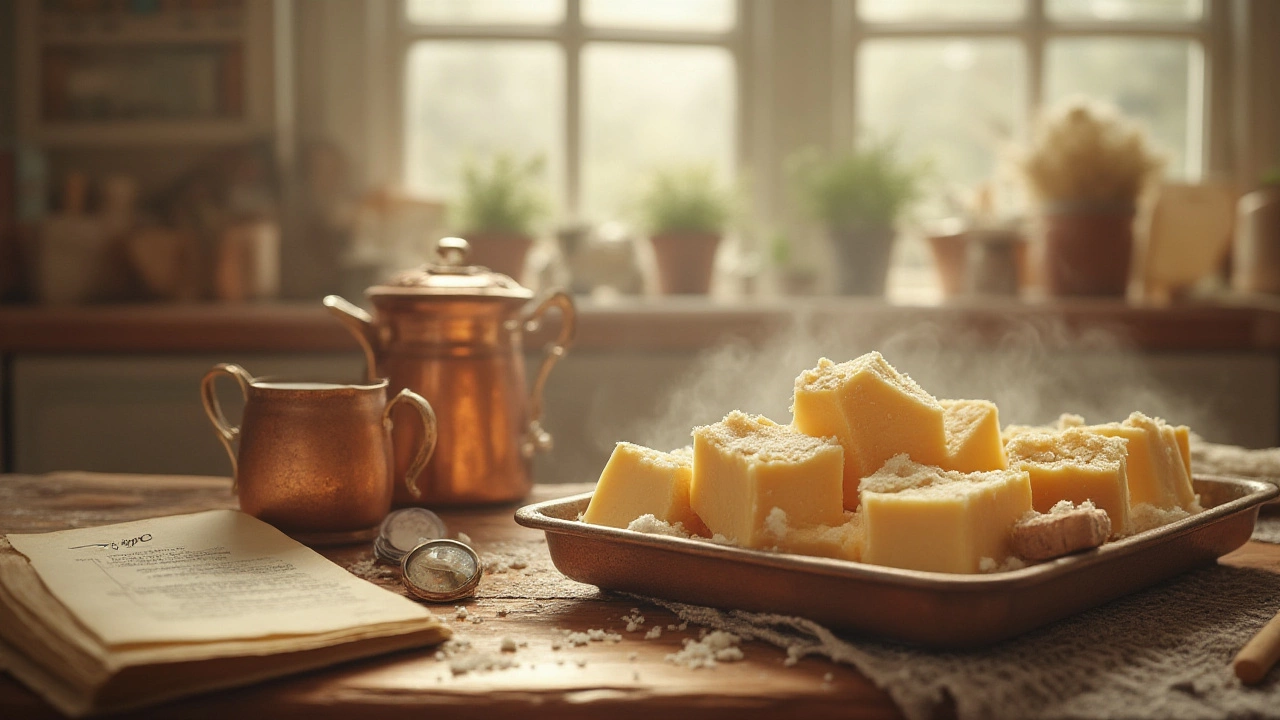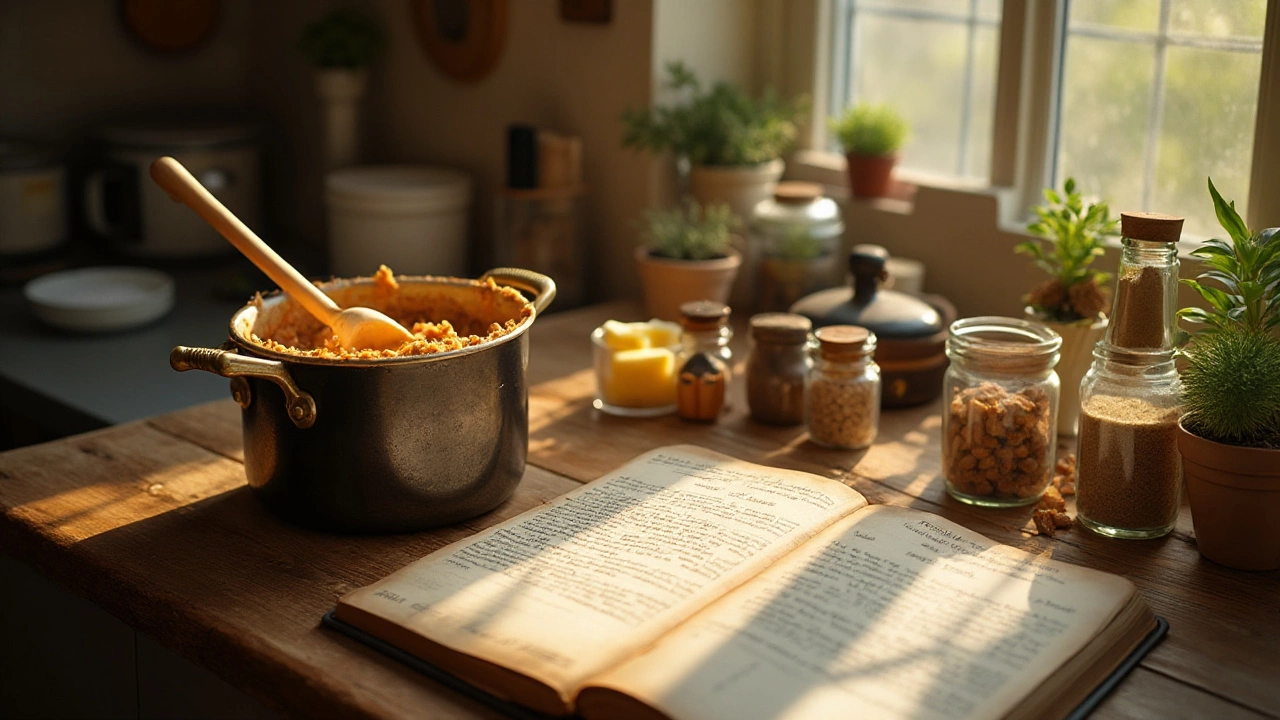
How to Make Perfect Fudge: Proven Secrets for Creamy Homemade Treats
Unlock the secrets to making creamy, homemade fudge every time. Learn science-backed tips, common mistakes, and expert tricks for perfect fudge.
Fudge is the sweet spot between candy and cake – rich, creamy, and surprisingly easy when you know the basics. Whether you’re after a classic chocolate block or a fruity swirl, this guide gives you the steps you need and fixes for the times things go sideways. Grab a saucepan, a whisk, and let’s get that glossy, melt‑in‑your‑mouth fudge rolling.
Start with 2 cups of granulated sugar, ½ cup of butter, and ¾ cup of heavy cream. Heat them together over medium heat, stirring until the sugar dissolves. Once it boils, let it reach a soft‑ball stage (around 235°F/112°C). Remove from the heat, add 2 cups of semi‑sweet chocolate chips and a splash of vanilla. Beat until smooth, pour into a greased pan, and let it set for a few hours. You’ll end up with a firm, glossy square that snaps cleanly when you cut it.
If you want extra flavor, stir in a teaspoon of espresso powder, a pinch of sea salt, or swirl in caramel before the fudge hardens. These tweaks keep the recipe fresh without adding complexity. The key is timing – don’t over‑cook the chocolate or it’ll become grainy instead of silky.
Oops, did your fudge turn out gritty or too soft? Don’t toss it. First, check the temperature. If it’s undercooked, gently re‑heat the mixture and bring it back to the soft‑ball stage, then whisk vigorously to smooth it out. If it’s grainy, add a tablespoon of corn syrup or a splash of milk and keep stirring; the extra liquid helps dissolve sugar crystals.
For a fudge that set too hard, cut it into small cubes and melt it with a little milk or cream, turning it into a fudgy sauce for ice cream or brownies. You can also repurpose a sticky batch into fudge‑filled cupcakes – pipe the mixture into a hollowed center before the frosting sets. That way, nothing goes to waste and you still get a tasty treat.
Keeping your tools clean and dry also prevents problems. A wet whisk or a pan with residue can cause the sugar to seize, leading to a gritty texture. Always dry your equipment before starting, and use a candy thermometer for accuracy.
With these basics and rescue tricks, you can whip up fudge anytime and fix mishaps without a panic. Experiment with nuts, dried fruit, or flavored extracts to make each batch your own. Remember, fudge is forgiving – a little adjustment and you’re back on track, ready to share that glossy, chocolatey goodness with friends and family.

Unlock the secrets to making creamy, homemade fudge every time. Learn science-backed tips, common mistakes, and expert tricks for perfect fudge.

Figuring out when your fudge reaches the ideal soft-ball stage is crucial for achieving the perfect texture. Boiling fudge to the right stage ensures it’s neither too hard nor too soft. This article breaks down the simple steps to determine the precise boiling time, providing helpful tips and interesting fudge-related facts. Transform your fudge-making experience with clear guidelines on reaching the soft-ball stage.

Traditional fudge, a beloved confectionery, is made up of simple yet delightful ingredients. This quintessential treat typically includes sugar, butter, milk, and a hint of vanilla extract. Known for its creamy texture and rich taste, mastering fudge can be an enjoyable culinary adventure for anyone with a sweet tooth. Whether you're a seasoned baker or a newcomer in the kitchen, understanding the fundamental components of fudge is key to perfecting this timeless dessert.